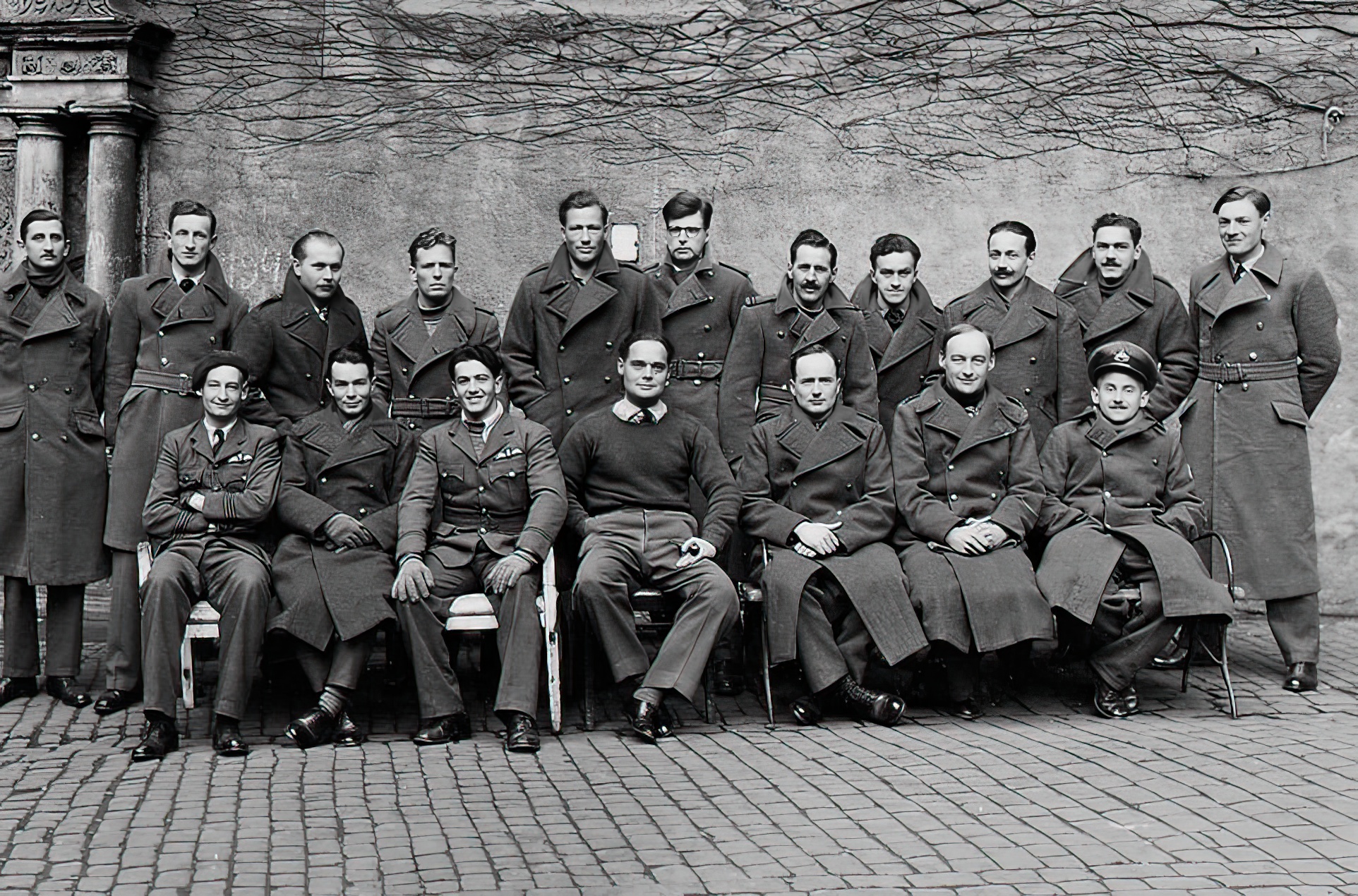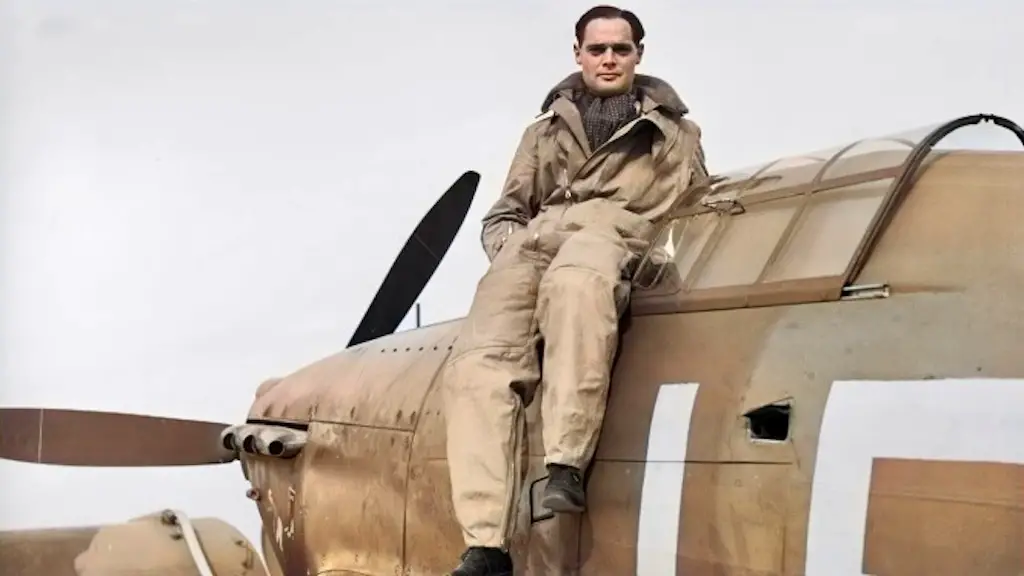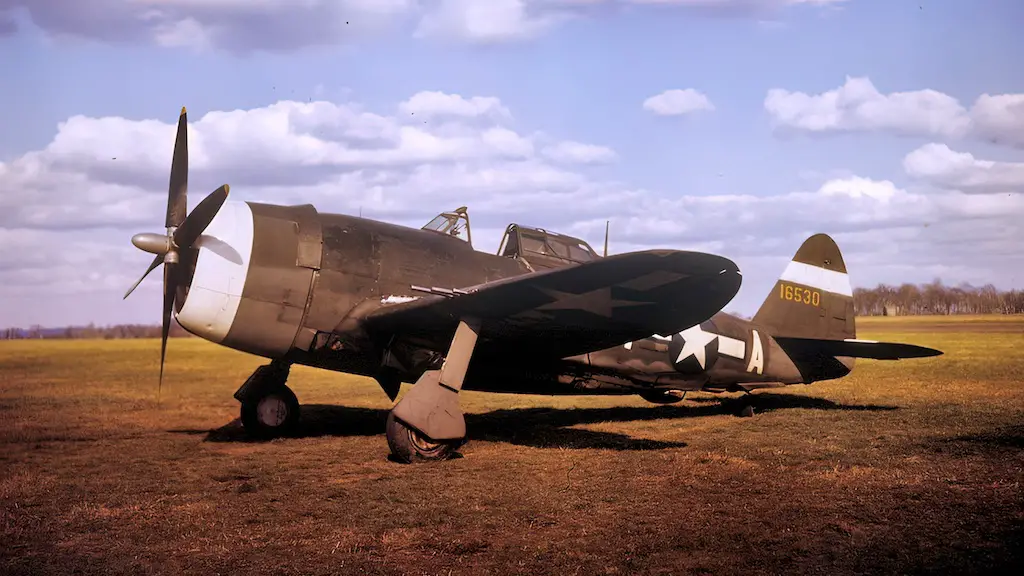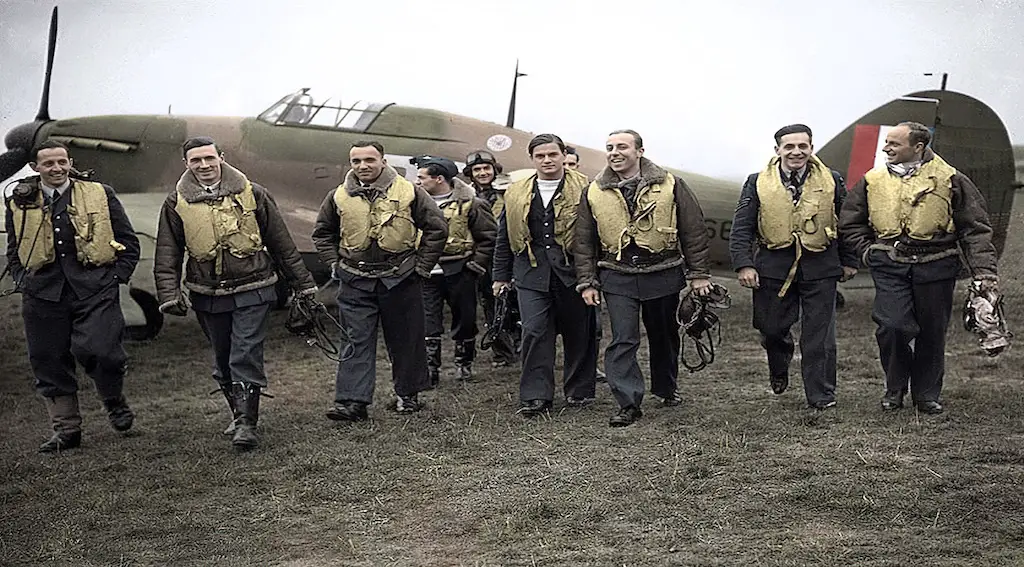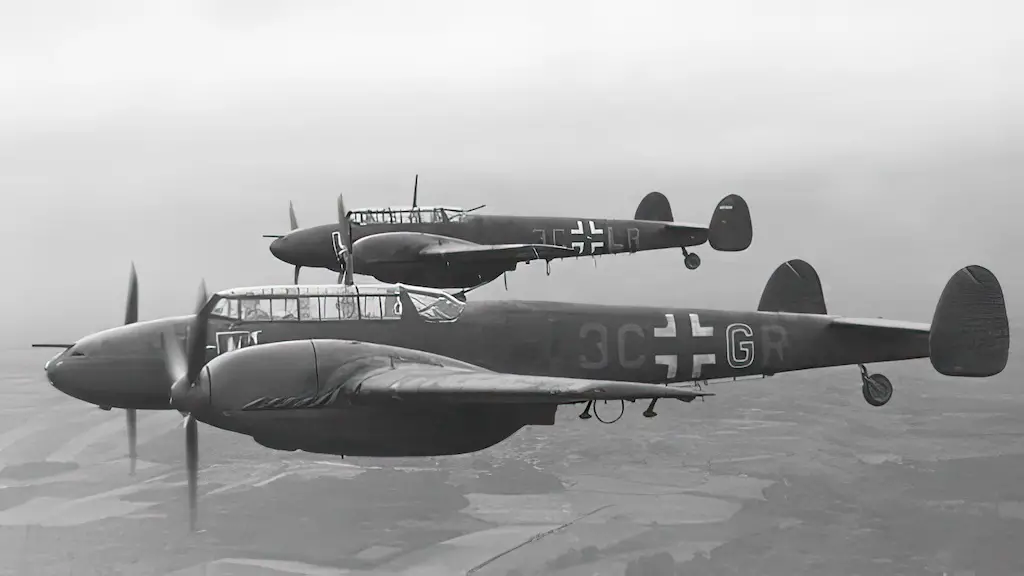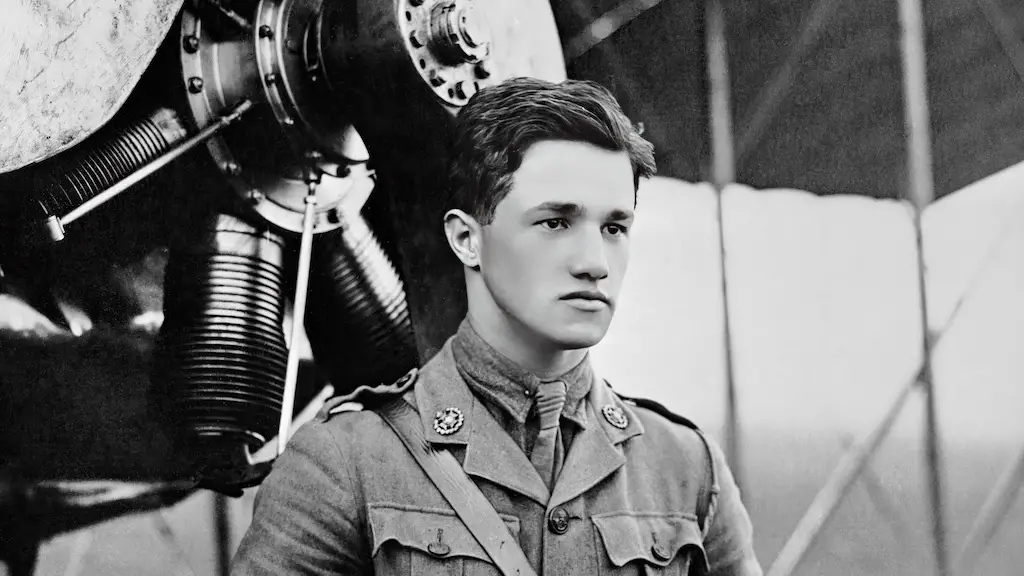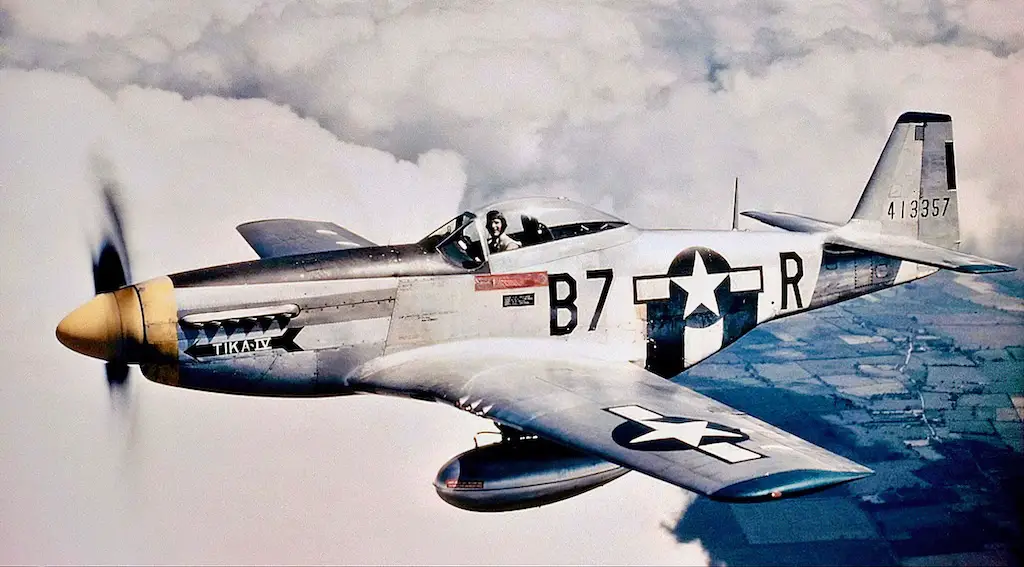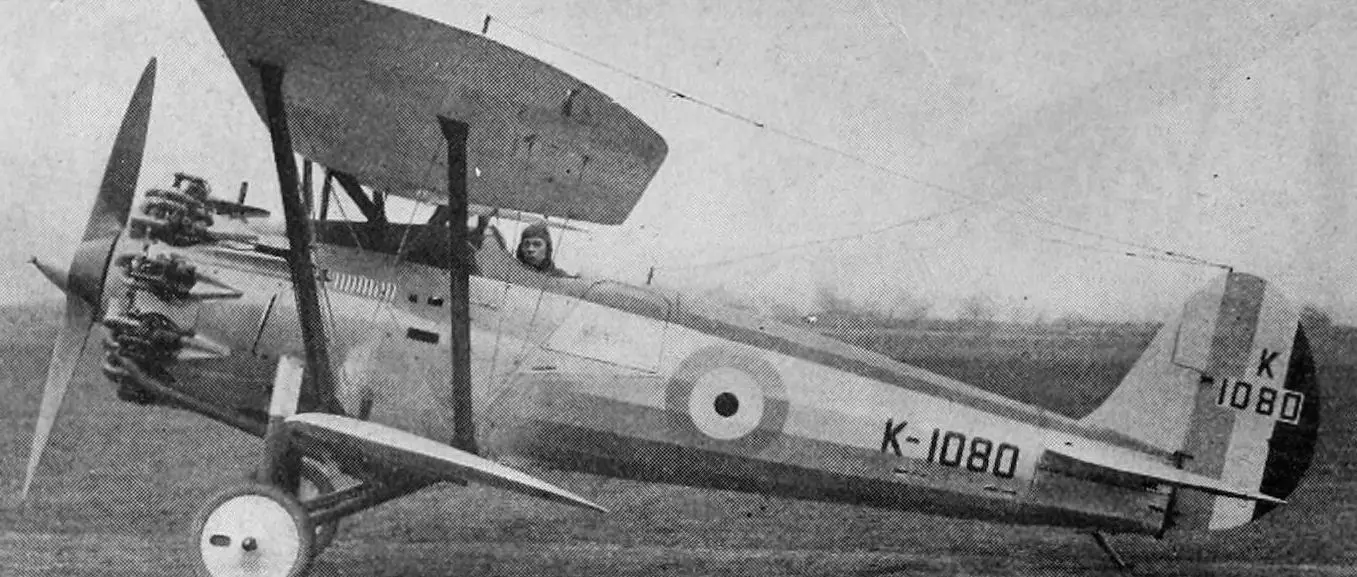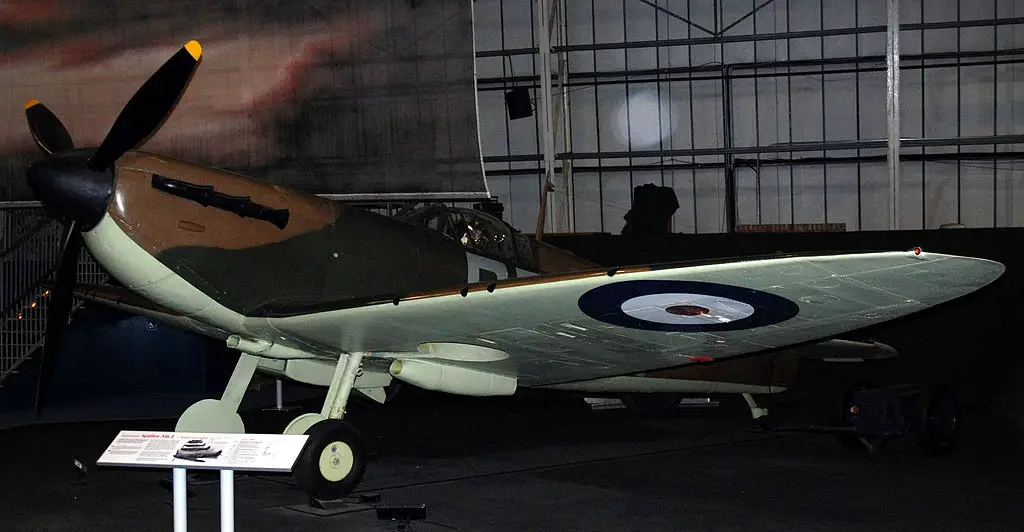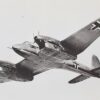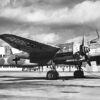An Unbreakable Warrior’s Tale
The story of Douglas Bader, a celebrated World War II fighter pilot, intertwines courage, resilience, and fate’s unexpected turns. His life, mirroring an epic adventure movie, thrills with its mix of heroism and chance encounters.
In 1931’s winter, Bader, an aspiring and accomplished Royal Air Force pilot, encountered a pivotal challenge. Performing a bold aerobatic stunt in his Bristol Bulldog biplane, he miscalculated, resulting in a catastrophic crash. This crash was so severe it led to the amputation of both his legs. His logbook entry after the crash was succinct but significant, reading, “Crashed slow-rolling near ground. Bad show.” This brief entry masked the profound impact of the incident and the massive personal setback he faced.
Yet, this tragic episode didn’t spell the end for Bader; it signaled the start of an incredible journey. Facing immense adversity, he didn’t yield. His resilience post-crash soon became apparent, signaling the emergence of a man who would not only be a celebrated war hero but also a symbol of unyielding will and perseverance. Bader’s life from this point turned into an inspiring story of overcoming physical barriers and societal norms, epitomizing the true spirit of a hero who overcame all odds.
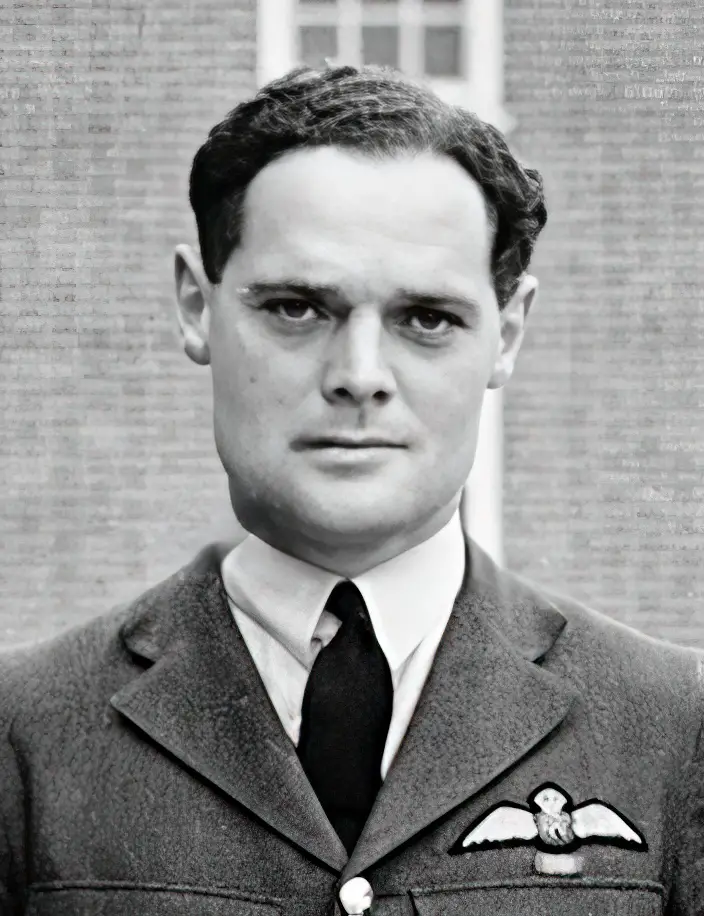
Rise from the Ashes
Bader’s journey to recovery was nothing short of remarkable. Fitted with tin prosthetic legs, he not only relearned to walk but also drove a car and even tried dancing – all within six months of the accident. His relentless determination didn’t stop there. He soon proved his capability to fly again, although the RAF initially deemed him unfit for pilot service.
As war clouds loomed in 1939, Bader’s passion for flying reignited. He successfully petitioned to rejoin the RAF and was soon piloting the iconic Supermarine Spitfire. His sister-in-law recalled his eagerness for war, seeing it as an opportunity to return to what he loved most.
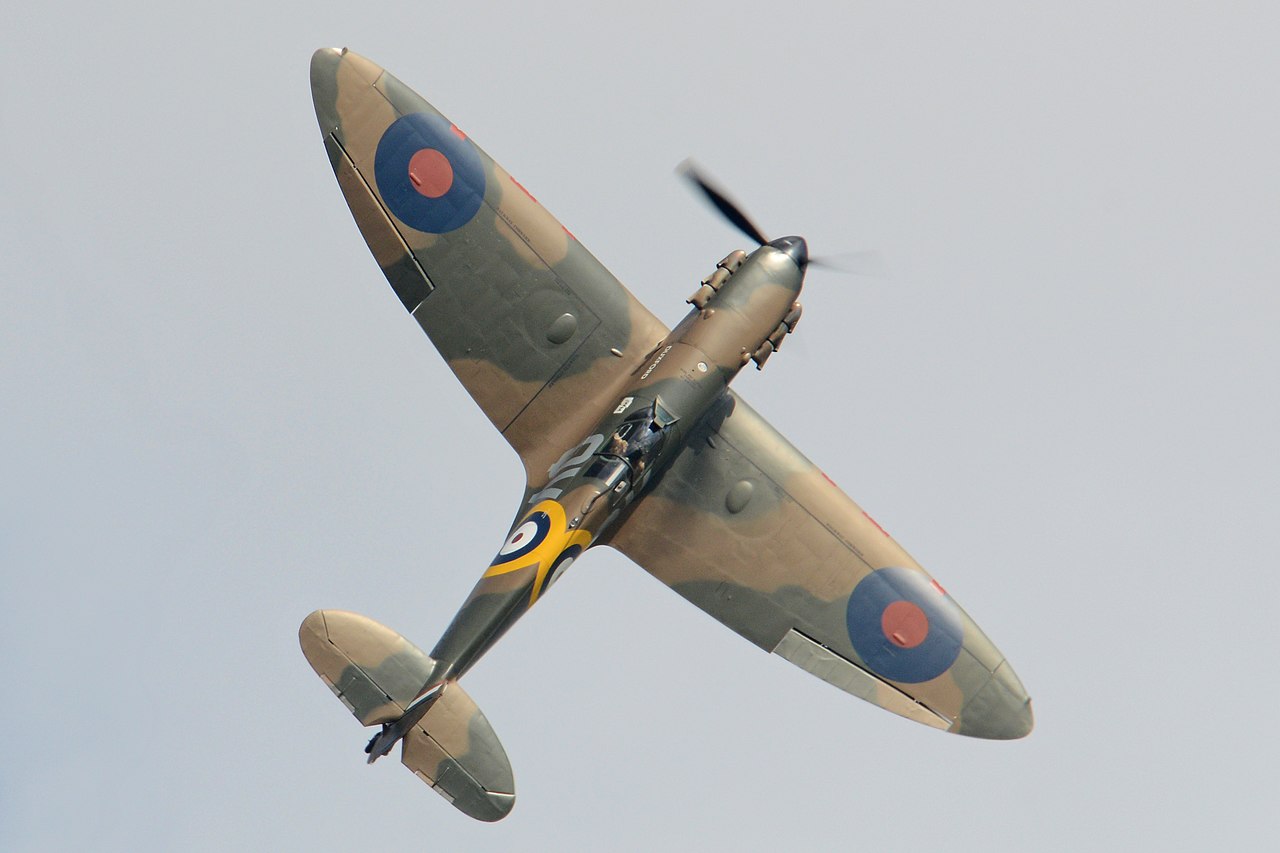
Leading 242 Squadron
Bader’s leadership skills shone as the commander of 242 Squadron, comprised mostly of Canadians. He transformed the disarrayed unit into a formidable force, instilling confidence and teamwork. His fearless approach and strategic acumen were instrumental in several combat successes.
Under Bader’s command, 242 Squadron achieved significant victories. Their remarkable performance during the Battle of Britain contributed to thwarting Germany’s invasion plans. Bader, with his unique “Big Wing” formation theory, played a pivotal role in these triumphs, despite controversy among military historians.
An Unlikely Savior
Bader’s life took another dramatic turn on August 8, 1941, when he was shot down over France. In a strange twist of fate, his prosthetic legs may have saved his life. Trapped in his Spitfire, his right leg got detached, allowing him to bail out. His capture by the Germans marked the beginning of another challenging chapter.
In the confines of enemy captivity, Douglas Bader’s indomitable spirit shone as brightly as it had in the open skies. His tenure as a prisoner of war was marked by a series of daring escape attempts, where he cleverly utilized his prosthetic legs as tools in his audacious endeavors. This display of ingenuity and fearless spirit not only frustrated his captors but also brought them moments of unintended amusement. Even when faced with the stark realities of his imprisonment, Bader’s resolve remained unshakably strong, a testament to his enduring resilience.
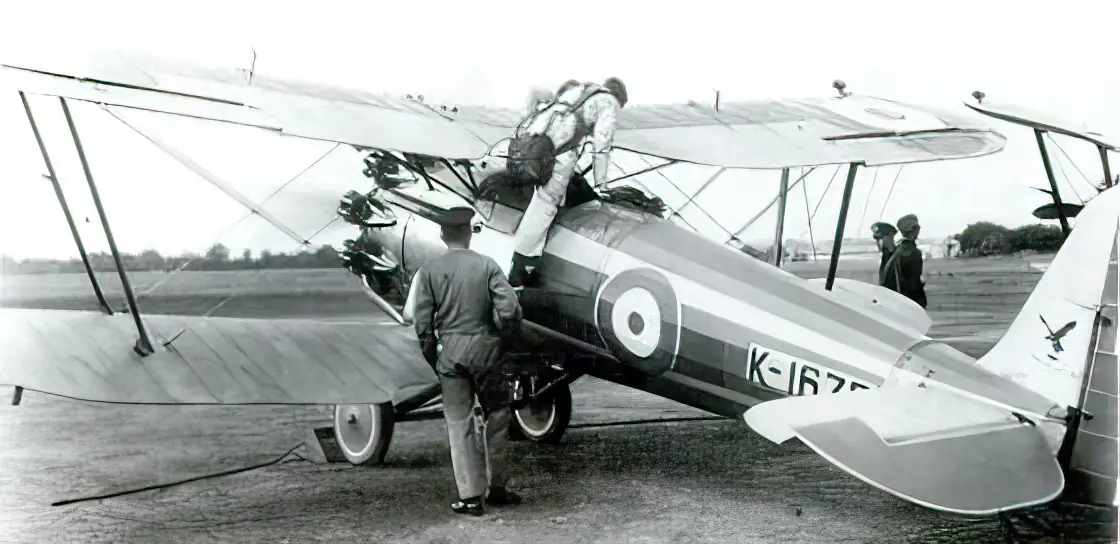
The Unyielding Prisoner
Bader’s escapades eventually landed him in Colditz Castle, a high-security POW camp for the most escape-prone captives. His presence there was a mixed blessing. While he earned respect for his relentless spirit, his actions often brought harsher conditions for fellow prisoners. Despite this, Bader’s tenacity never faltered.
Post-war, Bader emerged as a true British legend. His wartime record was impressive, with 22 German planes downed. Returning to a civilian life, he continued to inspire, actively working with charities and aiding fellow amputees. His efforts were recognized with a knighthood in 1976.
Bader’s story didn’t just end with his death in 1982. His legacy lives on through the Douglas Bader Foundation, established to assist the physically disabled. His life remains a beacon of courage and determination, inspiring figures like former Prime Minister David Cameron and countless others.
